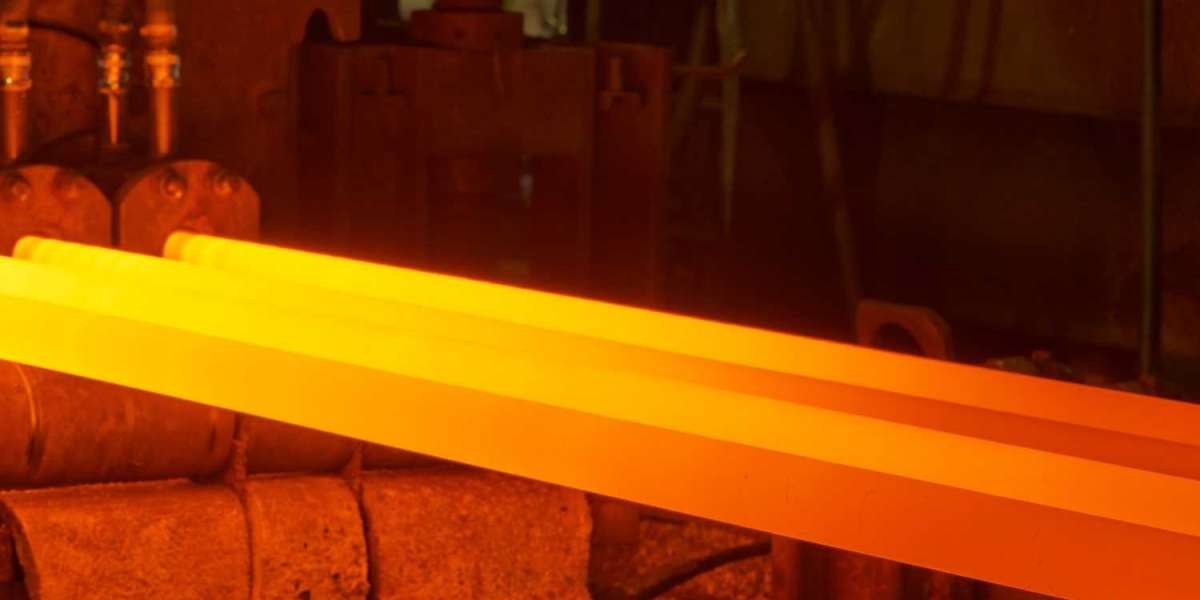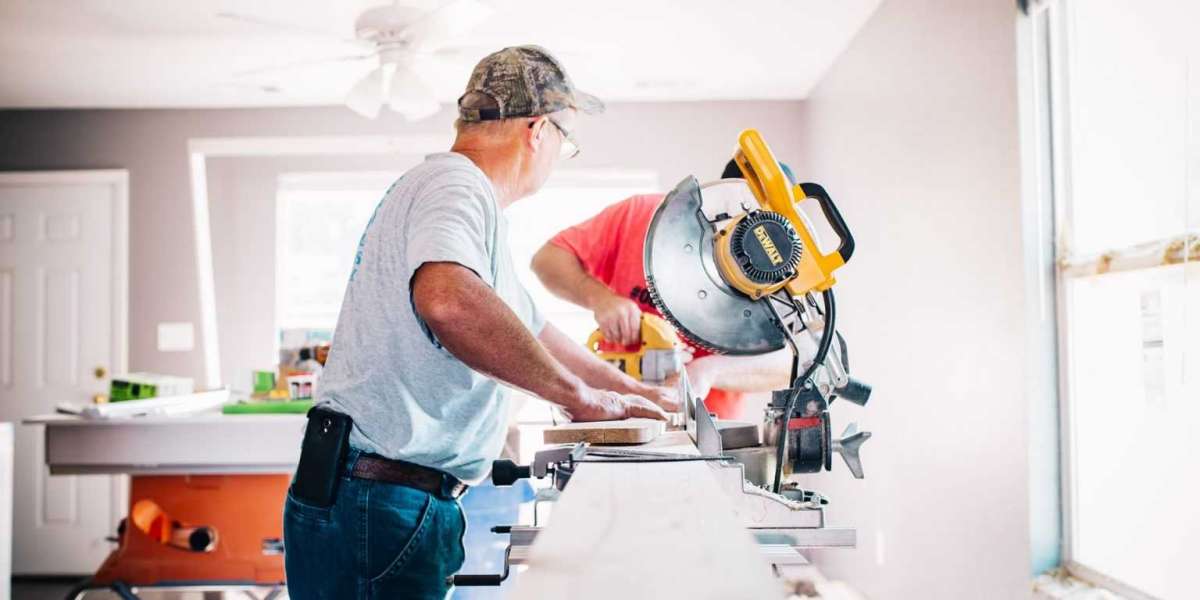Cast iron metal cookware has been a kitchen staple for centuries, renowned for its durability, heat retention, and versatility. Whether you're searing a steak, baking cornbread, or simmering a stew, cast iron can handle it all. However, to fully reap the benefits of cast iron, it's essential to understand how to care for and maintain it properly. This guide will walk you through everything you need to know about cast iron metal cookware, from seasoning and cleaning to advanced cooking techniques.
1. Understanding Cast Iron Cookware
Cast iron metal cookware is made from molten iron poured into molds. Its unique properties include:
- Exceptional Heat Retention: Cast iron heats evenly and retains heat longer than other cookware, making it ideal for searing and slow cooking.
- Natural Non-Stick Surface: When properly seasoned, cast iron develops a non-stick surface that improves with use.
- Durability: With proper care, cast iron can last for generations, making it a sustainable choice for the kitchen.
2. Seasoning Your Cast Iron
Seasoning is the process of applying a layer of oil to your cast iron cookware and heating it to create a non-stick surface. Here's how to do it:
- Clean: Wash the cookware with warm water and a mild soap to remove any factory coatings. Dry thoroughly.
- Oil: Apply a thin layer of vegetable oil or flaxseed oil to the entire surface, including the handle.
- Bake: Place the cookware upside down in an oven preheated to 375°F (190°C). Bake for one hour. Place a sheet of aluminum foil on the lower rack to catch any drips.
- Cool: Turn off the oven and let the cookware cool completely inside the oven.
3. Cleaning and Maintenance
Proper cleaning and maintenance are crucial to extending the life of your cast iron metal:
- After Each Use: Rinse with hot water and use a stiff brush or scraper to remove food particles. Avoid using soap unless necessary.
- Stubborn Residue: For tough residue, scrub with coarse salt and a little water, then rinse and dry thoroughly.
- Drying: Always dry your cast iron immediately after washing to prevent rust. You can heat it on the stove to ensure it is completely dry.
- Re-seasoning: If the surface looks dull or food starts sticking, repeat the seasoning process.
4. Cooking Techniques
Cast iron cookware excels in various cooking methods:
- Searing: Perfect for meats, as it can reach high temperatures and create a flavorful crust.
- Baking: Ideal for baking bread, cakes, and casseroles due to its even heat distribution.
- Frying: Great for frying foods like chicken, thanks to its excellent heat retention.
- Slow Cooking: Perfect for dishes that require long, slow cooking, like stews and braises.
5. Troubleshooting Common Issues
- Rust: If your cast iron develops rust, scrub it with steel wool and re-season.
- Sticky Surface: If your pan is sticky, it may have excess oil from seasoning. Bake it in the oven at 400°F (204°C) for an hour to polymerize the oil.
- Food Sticking: This may indicate that the seasoning layer is thin or uneven. Re-season the pan to build up a stronger non-stick surface.
Conclusion
With proper care and maintenance, cast iron metal cookware can become a beloved kitchen heirloom. By understanding how to season, clean, and use your cast iron, you'll ensure it remains in excellent condition for years to come. Embrace the versatility of cast iron and experiment with different cooking techniques to elevate your culinary creations. Happy cooking!



